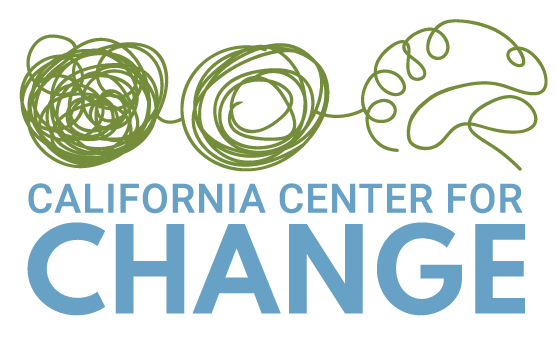The Neurobiology of Addiction
Addiction is a biopsychosocial phenomenon that affects over 20 million people in the United States. The factors that cause addiction are not yet well understood, with some arguing that it is a disease and others suggesting it’s more complicated than that.
But we can identify some predictors for addiction and we do understand the impact it has on the brain.
This five part series will primarily focus on current understanding about the brain structures and neurotransmitters involved in addiction. We’ll also look at the interaction specific drugs have with neurotransmitters in the brain and how this accounts for preferences in drug selection. We’ll start with an overview of addiction theories then dive into the neurocircuitry and neurobiology of addiction. We’ll conclude by looking at the effect of drugs on neurotransmitters in the brain and discuss why one develops a drug of choice.
Theories of addiction
Although we don’t fully understand addiction, there are lots of theories that attempt to explain it. The most popular one is the disease model. It explains that addiction has a biological origin that causes changes in the brain. This model also accounts for the heredity of addiction, or genetic predisposition. Studies of twins who have been separated at birth show that they are likely to develop addictions, despite growing up in different home environments.
You may have also heard addiction described as a hijacker of the reward center of the brain. Brain imaging studies show that overuse of drugs or compulsive behaviors “hijack” the reward system and can lead to changes in the brain that make it difficult to experience pleasure as one did before.
Then there’s the self-medication hypothesis. It posits that people use drugs to help them cope with physical and/or emotional pain. It helps explain why people turn to specific drugs or compulsive behaviors to help them deal with things like depression, chronic pain, trauma, or grief.
But the best way to explain addiction is as a biopsychosocial phenomenon. We know that addiction has a biological component. It causes temporary and permanent changes in the brain and body. We also know there is a psychological component: an inability to cope with distressing emotions. The social component of addiction is related to peer culture, as they influence what you use, how you use it, or how (not) to deal with your emotions.
In the question about nature versus nurture, the answer might just be nature and nurture. Drugs affect us biologically and we may even be genetically predisposed to those effects. Your parents, family, friends, or lovers may have modeled addictive behaviors or inability to cope with emotions in a healthy manner.
The next installment of this series will focus on the neurocircuitry of addiction.
Photo credit: Faiize


